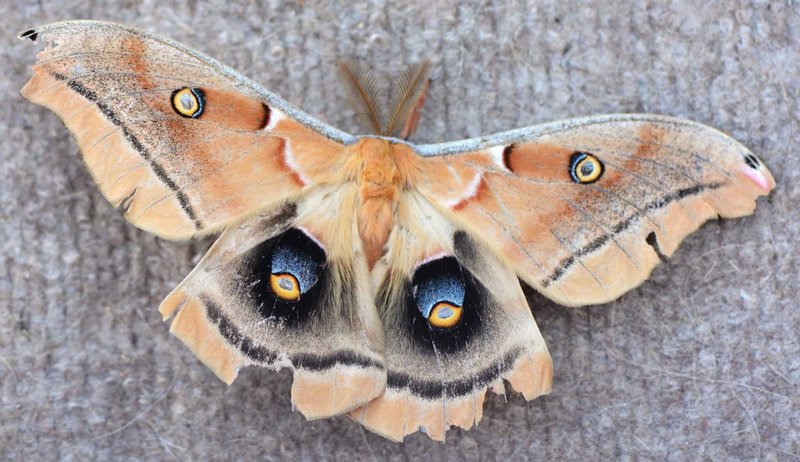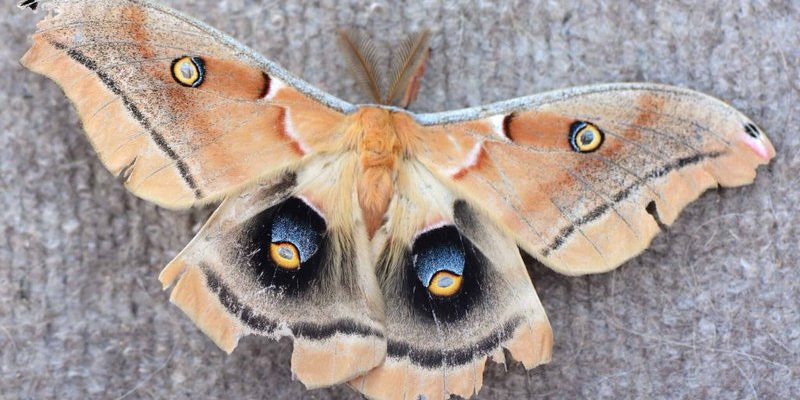
Moths often get overshadowed by their more colorful and popular butterfly cousins, but they are just as important—if not more so—when it comes to ecosystem health. They help plants reproduce and provide a food source for various animals, contributing to the intricate web of life. So, why should we care about these elusive insects? Let’s dig deeper into the fascinating role of the moth in ecosystems.
Moths as Pollinators
When we think about pollinators, we often picture busy bees buzzing around flowers, but moths are equally vital to this process. Many plants have evolved to attract nocturnal pollinators, which means moths are essential for their reproduction. Some flowers even close up during the day, only to open at night to welcome hungry moths seeking nectar.
How does it work? Moths are drawn to light and sweet scents. When they approach a flower, they collect pollen on their fuzzy bodies. As they move from plant to plant, they transfer that pollen, facilitating fertilization. This collaboration ensures that various plant species continue to thrive, which in turn supports the entire ecosystem.
Think about it this way: if moths didn’t exist, many plant species would struggle to reproduce. This could lead to fewer plants, which means less food and shelter for other animals. It’s a ripple effect that emphasizes just how interconnected our world is.
The Food Chain: Moths as Prey
Moths don’t just contribute to plant life; they’re also a vital source of food for many animals. Birds, bats, and even small mammals rely on moths for nourishment. This makes them an essential link in the food chain.
For example, many species of birds are nocturnal hunters that depend on moths as a primary food source during the night. Without moths, these birds would have a harder time finding enough sustenance to survive. It’s interesting to note that some bird species even time their breeding cycles with the abundance of moths, ensuring that their chicks have plenty to eat when they hatch.
Moreover, moths are also part of some mammals’ diets, like bats. The ability of bats to hunt moths in total darkness is a marvel of nature and displays the remarkable adaptations both species have developed over time. When we lose moths, we risk losing these predators as well, which would throw off the entire structure of the ecosystem.
Moths and Biodiversity
Biodiversity is vital for a healthy ecosystem, and moths contribute to it in numerous ways. With an estimated 160,000 species of moths worldwide, they add richness to our planet’s biological tapestry. Each species occupies a unique niche and has adapted to specific environmental conditions.
Having such a variety of moth species means that they can thrive in different habitats, from forests and grasslands to urban areas. This allows them to support the survival of other species and contribute to ecosystem resilience. For instance, more diverse moth populations can respond better to environmental changes, such as climate shifts or habitat destruction, which ultimately benefits the entire ecosystem.
Let’s not forget that moths also serve as indicators of environmental health. A decline in moth populations can signal problems like habitat loss or pollution. Monitoring these populations can help scientists assess ecosystem health and develop conservation strategies. Moths are like the canary in the coal mine, alerting us to changes before they affect other wildlife.
Moths and Soil Health
You might not think that moths have anything to do with soil, but they can indirectly support soil health through their lifecycle. Many moth species lay their eggs on specific host plants, and once the larvae hatch, they feed on the plant material. This feeding activity can help break down organic matter, which eventually enriches the soil.
Moreover, when moth larvae, commonly known as caterpillars, die, they decompose and return nutrients to the soil. This process enhances soil fertility, facilitating plant growth and ensuring that the cycle of life continues. Healthy soil supports diverse plant life, which in turn provides food and habitat for other wildlife.
In essence, moths play a multi-faceted role in maintaining soil health, contributing to the overall well-being of the ecosystem. By enriching the soil, they promote diverse plant growth, which supports food chains and biodiversity.
The Human Connection to Moths
You might be wondering, what does any of this have to do with us humans? Well, the truth is that we are deeply connected to the natural world, and moths are part of that connection. By supporting healthy moth populations, we also support a balanced ecosystem that benefits agriculture, gardening, and even our own well-being.
Consider how often we rely on plants for food, medicine, and clean air. If moths help those plants thrive, they indirectly help us too. Additionally, as we become more aware of the importance of biodiversity, we can take steps to protect moth habitats. Simple actions like planting native flowers and avoiding pesticides can make a big difference.
Furthermore, moths can also be a source of inspiration. Artists, writers, and scientists alike have drawn upon their beauty and mysterious nature. You might find moths represented in literature and art, symbolizing transformation and resilience. So next time you see a moth, remember that it’s not just another bug; it’s part of a vast and intricate system that supports life as we know it.
Conservation Efforts and Future Outlook
As crucial as moths are to our ecosystems, they face various threats, including habitat loss, climate change, and pesticide use. Conservation efforts are essential to ensure that moth populations remain stable and can continue their vital roles. Many organizations are working to protect natural habitats, promote sustainable farming, and educate the public about the importance of these insects.
You might be wondering how you can help. Here are a few tips:
- Plant native flowers that attract moths and other pollinators.
- Avoid using harmful pesticides that can affect moth populations.
- Create a moth-friendly environment in your garden by adding night-blooming plants.
- Participate in local conservation efforts and spread awareness about the importance of moths.
By taking these steps, we can contribute to the well-being of our ecosystems and ensure that moths continue to thrive for generations to come.
In conclusion, moths are far more than just nighttime fliers. They are essential players in our ecosystems, helping with pollination, serving as food for other wildlife, promoting biodiversity, enriching soil health, and even connecting us to the natural world. Understanding their role can help us appreciate these often-overlooked creatures and motivate us to protect their habitats. So next time you spot a moth fluttering around, take a moment to acknowledge your tiny, yet remarkable, part of the greater ecological tapestry.

